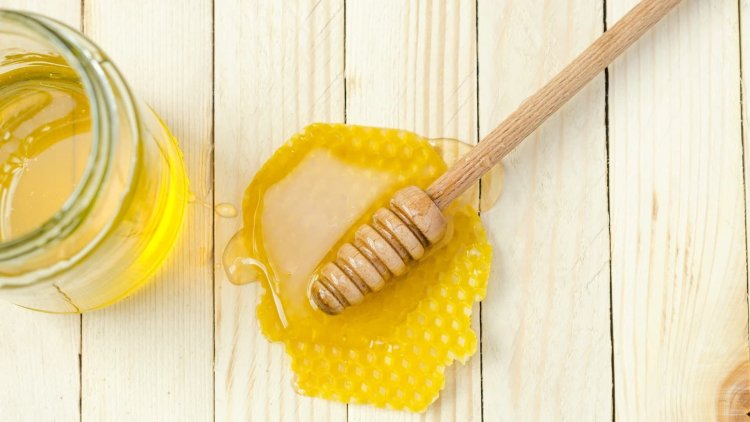All the myths and misconceptions about honey
Honey is one of the healthy and affordable substitutes for sugar. Surely you also believe in some of these misconceptions.

Honey is one of the healthy and affordable substitutes for sugar. In order to prove this claim and popularize honey, several myths have become an ingrained truth in the minds of many people. Let's move on to the topic and break all the myths about honey.
1. All bees produce honey
Many people do not know that there are many different types of bees. They also believe that all bees can produce honey for consumption, but this is not really the case. Although all bees can produce honey, not all can produce it in a quality that meets the standards for human consumption.
2. Bees do not need honey to survive
There is a theory that bees do not need honey to survive. Bees depend on honey to survive, which is why they produce it, although we selfishly think that the reason is that we can consume it.
3. Honey never spoils
After three years, honey is still edible, but it contains a proportion of hydroxymethylfurfural, which should not exceed 40 milligrams per kilogram of honey. Even in ideal storage conditions (temperature 5 to 25 ° C, in a dry and dark place) this level becomes higher after three years. After that, honey is still edible, but of poorer quality, and according to the European Union directive and the national Ordinance on honey, it may only be used in industrial production. Even old honey should not be given to bees for the supplementation because they die due to high HMF.
4. Crystallized honey is spoiled honey
After a long time, honey can change its texture, but its composition remains the same. In fact, due to its composition, there is a change in texture, but even after crystallization honey remains the same taste and nutrients.
Crystallization is a natural property of honey and any honey will crystallize or "sugar" over time. The rate of crystallization of honey depends on its type, sugar content, pollen grains, storage temperature, and stress factors that honey went through during vomiting.

5. Honey should not be heated because than it releases toxins and becomes poisonous
Natural honey, when heated, cannot release toxins because they are not present in it at the start. If we are talking about honey with the addition of artificial ingredients that turn the product into "fake honey", then of course there is this possibility.
It is important to separate the terms "nutritional value of honey" and "bactericidal properties of honey". Natural honey during prolonged heating, for example, in the oven during baking, does not lose its nutritional value, but bactericidal properties yes. So, you can add honey to porridge or hot tea if you want to sweeten them.
6. Honey must be taken with a wooden spoon
This misconception originates from the time when there were no stainless dishes, and when the spoons were made of aluminum. Given the acidity of honey (3.5 to 5.5 pH), organic acids dissolved some of the metal from aluminum spoons, but also aluminum containers in general. It was then recommended to grab the honey with a wooden spoon so that the metal would not change its composition.
Today, honey is stored and stored in stainless steel barrels, and jugs in stainless steel jugs. Stainless steel is generally the recommended metal in beekeeping, and honey can be taken with a spoon made from it, which is considered the standard today.
7. Foamy honey and darker colored honey are spoiled
Honey comes in many shades of color, and even its texture can vary. Its color has nothing to do with whether it is spoiled. Honey comes in different colors because it is made from different flowers - the color depends on which flower it comes from.
8. Sweeteners and regular sugars are tastier than honey
Those who believe in this: have you ever tasted real honey? Honey is not only healthier but also sweeter and has fewer calories than sugar, so with less honey, you will get the same sweetness as with sugar.
Honey is basically the same as sugar because it is mostly made up of glucose and fructose, but it also has the nutrients and vitamins that make it healthier.
How to recognize real honey?
There are no tricks to identify real or fake honey, but some products are more than obvious.
If, for example, sage honey has an intense scent of this plant, there is a high probability that the product is upgraded with essential oils. This is applicable to all honey, which after opening the jar has an intense smell reminiscent of essential oil.
You must read product declarations. Sometimes the product itself says that an "artificial" ingredient has been added to it. For example, when sage honey contains sage honey and essential oil under the ingredients, it is logical that it is not sage honey. Honey in green, blue, or purple also does not exist.
If you want to consume real honey, buy it from a proven, local beekeeper and you will not regret it.





























